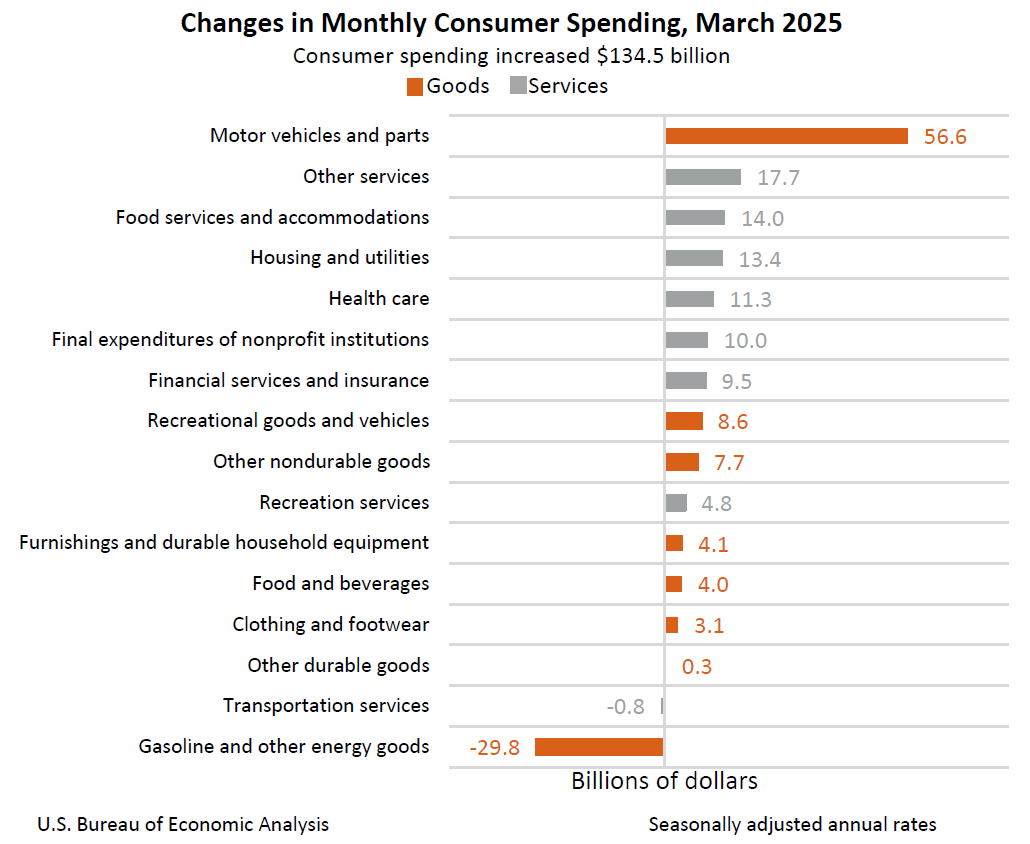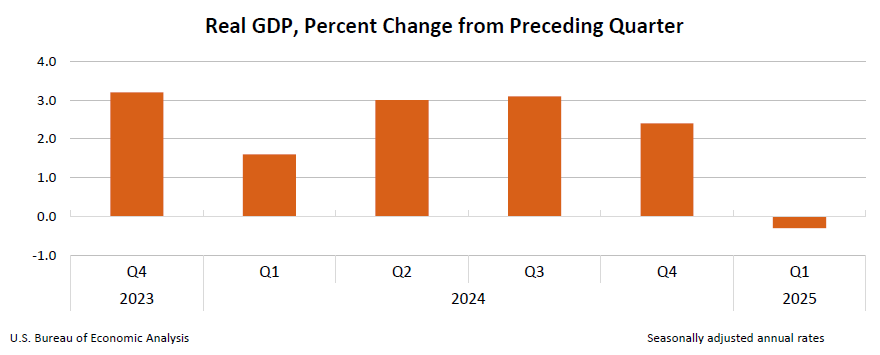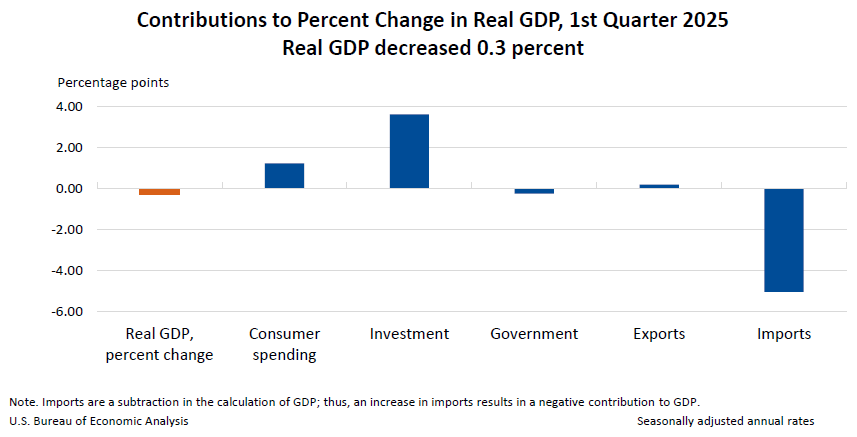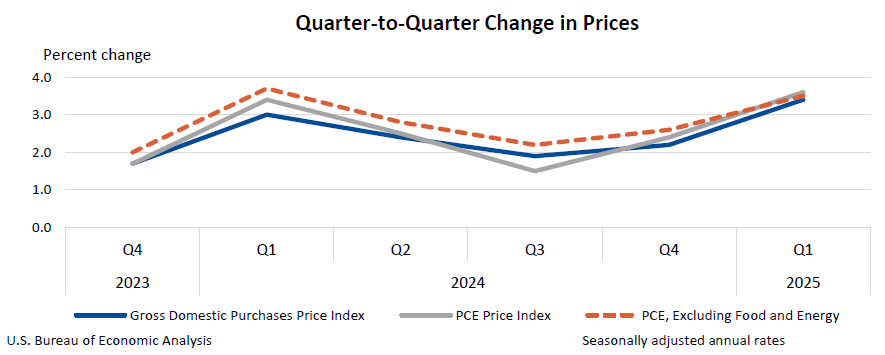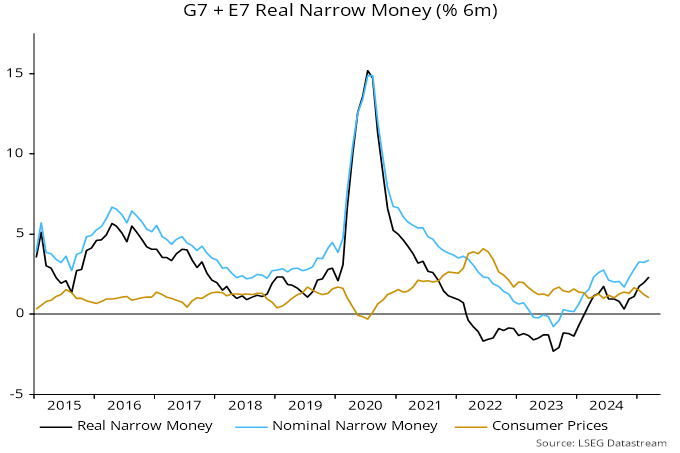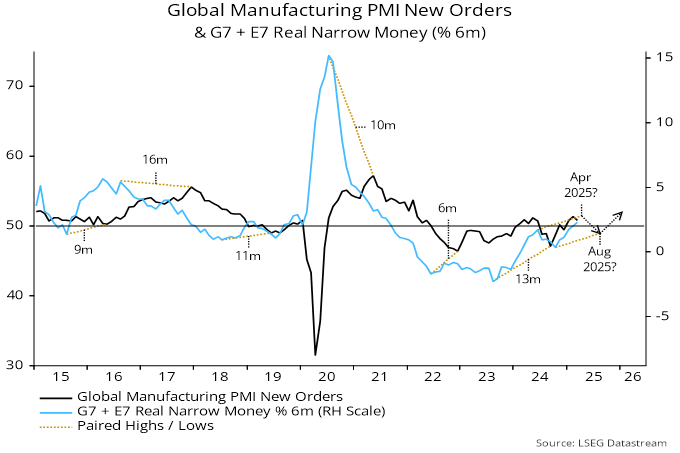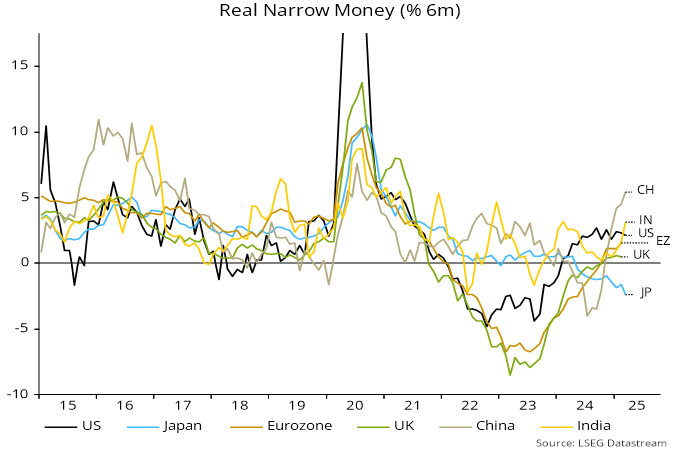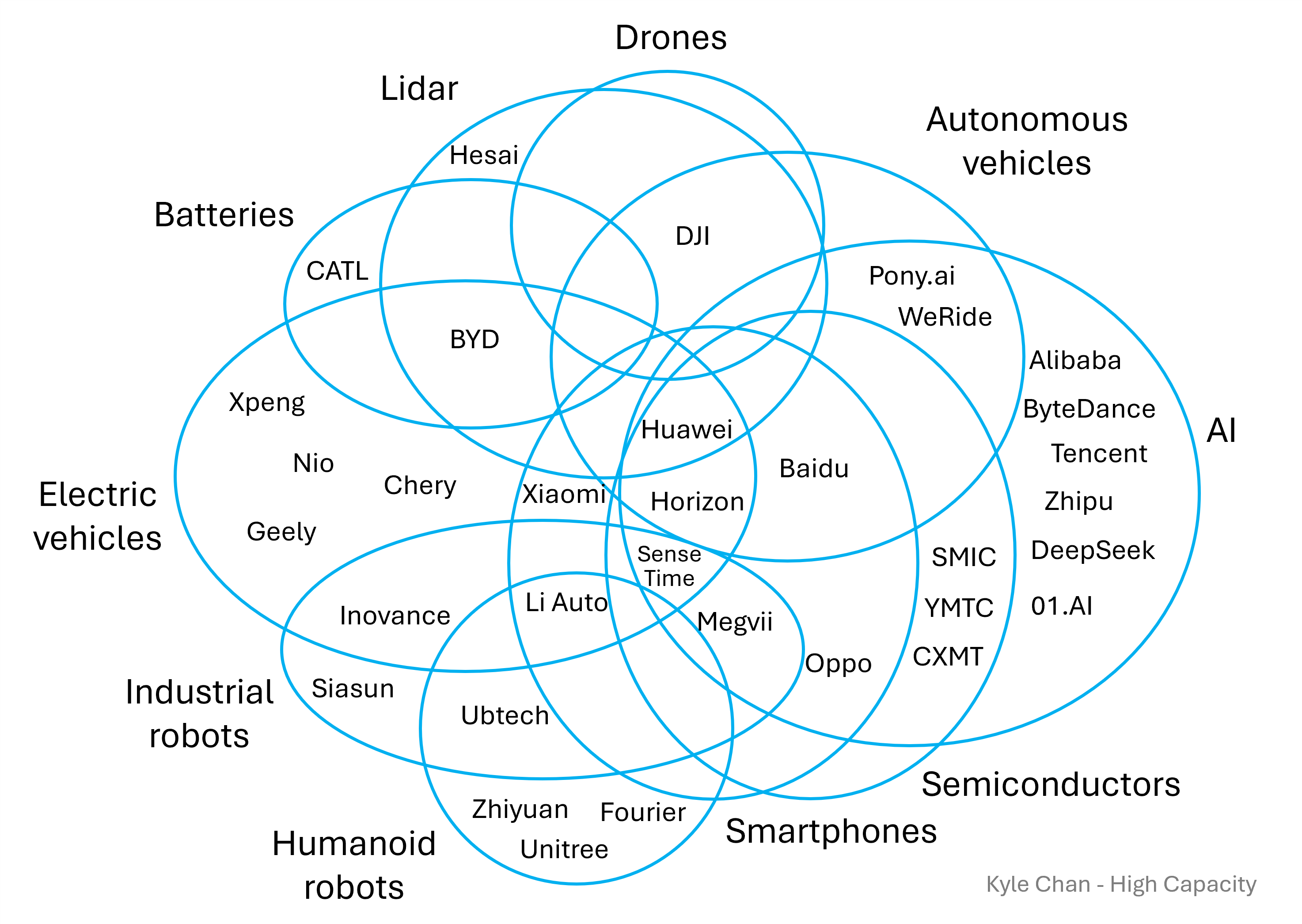From Geopolitical Monitor, April 16:
Kra Canal: The Impossible Dream of Southeast Asia Shipping
The idea of the Kra Canal has been a topic of discussion for
centuries, as the promise of an alternative route between the Andaman
Sea and Gulf of Thailand could revolutionize shipping and reshape
regional geopolitics.
While the project has never come to fruition, its potential impact keeps
it in strategic conversations, particularly in light of China’s
expanding influence in Southeast Asia and the Belt and Road Initiative (BRI). As of now, Thailand has opted for a different path, but debates over the canal’s feasibility and geopolitical consequences remain very much alive.
Historical Background
The concept of the Kra Canal dates back to 1677
when Thai King Narai commissioned French engineer de Lamar to survey
the Kra Isthmus for a possible canal. At the time, the idea was not to
connect the Gulf of Thailand with the Andaman Sea but rather to
establish a navigable waterway between Songkhla and Marid (now Myanmar).
De Lamar’s assessment concluded that the mountainous terrain, dense
jungles, and the technological limitations of the era rendered the
project unfeasible. The immense effort required to dig through the
isthmus using 17th-century engineering methods made construction
virtually impossible, leading to its abandonment.
In the 19th century, as European colonial powers expanded their
influence in Southeast Asia, the concept of the Kra Canal resurfaced.
The British, who controlled key maritime trade routes through Singapore
and the Strait of Malacca, viewed any alternative shipping channel with
suspicion. They feared that a canal through Thailand would weaken
Singapore’s strategic importance and threaten British dominance in
regional trade. Meanwhile, France, eager to strengthen its presence in
Indochina, saw the canal as a way to establish a stronger foothold in
the region and counterbalance British influence. However, the Siamese
government, wary of foreign intervention and territorial disputes,
strategically resisted both British and French involvement. By carefully
balancing diplomatic relations with European powers while preserving
its sovereignty, Siam managed to prevent any progress on the canal
during this period.
Kra Canal in the Contemporary Context
The Kra Canal attracted renewed interest
in 1972 when an American firm, Tippetts-Abbett-McCarthy-Stratton
(TAMS), proposed a 102-km-long canal connecting Satun to Songkhla. This
proposal was driven by the need for an alternative shipping route to
alleviate congestion in the Malacca Strait and provide a more direct
maritime passage between the Indian Ocean and the South China Sea. The
plan involvedadvanced engineering techniques of the time, envisioning a
deep-water canal capable of handling large cargo vessels and oil
tankers. However, with a projected cost of $5.6 billion and a projected
10–12 year construction period, the Thai government ultimately rejected
the plan. Concerns included the massive financial burden, environmental
impact, and the risk of regional instability, particularly stemming from
foreign influence and internal security challenges.
More recently, China has become increasingly interested in reviving the project as part of its Maritime Silk Road initiative, a key component of its Belt and Road Initiative (BRI). In 2015, an MoU was signed
between private entities from China and Thailand to explore the
feasibility of the canal, highlighting its potential to reshape trade
routes and reduce reliance on the Malacca Strait. However, both
governments quickly distanced themselves
from the agreement, likely due to political sensitivities and
opposition from regional players like Singapore and India. The canal
never progressed beyond preliminary discussions. As of 2025, Thailand
has instead opted to prioritize a $28 billion land bridge project—an
overland transport corridor designed to facilitate cargo movement
between the Gulf of Thailand and the Andaman Sea. This alternative aims
to achieve similar economic benefits without the political and
environmental challenges posed by a canal, making it a more viable and
strategically balanced solution.
Geopolitical Stakes
Why the Kra Canal Matters
If constructed, the Kra Canal would provide a strategic alternative to the Strait of Malacca, reducing shipping distances by approximately
1,200 nautical miles. This shortcut would save fuel costs, cut transit
times, and ease congestion in the Strait of Malacca, which currently
handles nearly 94,000 vessel passages annually. As global trade continues to expand,
particularly in energy and container shipping, the demand for efficient
and secure maritime routes is higher than ever. The canal would create
an additional passage, reducing bottlenecks and alleviating concerns
about over-reliance on a single trade route.
China, as the world’s largest
trading nation, would stand to benefit immensely by reducing its
reliance on the Malacca Strait for energy imports and trade. Currently, approximately
80% of China’s oil imports pass through the Malacca Strait, making it a
critical vulnerability in times of geopolitical tensions. Diversifying
maritime routes through the Kra Canal could enhance China’s energy
security, providing an alternative supply chain for crude oil and
liquefied natural gas (LNG) imports from the Middle East and Africa.
China-US Competition
For China, the Kra Canal would address its “Malacca dilemma“—the
vulnerability of its maritime trade routes to potential blockades by
rival naval forces, particularly the United States. A hypothetical
China-controlled canal would enhance Beijing’s control over its supply
chain and maritime security, while boosting its geopolitical influence
in the region. Notably, the canal would enable China to establish a
stronger presence in the Indian Ocean, allowing the PLA Navy greater operational flexibility and enhancing its ability to protect critical sea lanes.
The United States and its allies, particularly Singapore and India, oppose
the canal’s construction owing in large part to these geopolitical
considerations. A China-dominated Kra Canal could reduce Singapore’s
significance as a shipping hub, potentially diminishing its economic and
strategic value. Singapore, which benefits heavily from transshipment
fees and trade facilitation, would likely experience economic losses if
traffic were diverted to a new canal. India, which has growing concerns
over China’s increasing influence in the Indian Ocean, sees the Kra
Canal as another strategic asset that could strengthen China’s maritime
footprint near its sphere of influence....
....MUCH MORE
You can see how this project ties in with China's naval base across the Gulf of Thailand on Cambodia's west coast at Ream:

From April 22's "RAND: "The Gulf of Thailand May Be the Next U.S.-China Flashpoint":
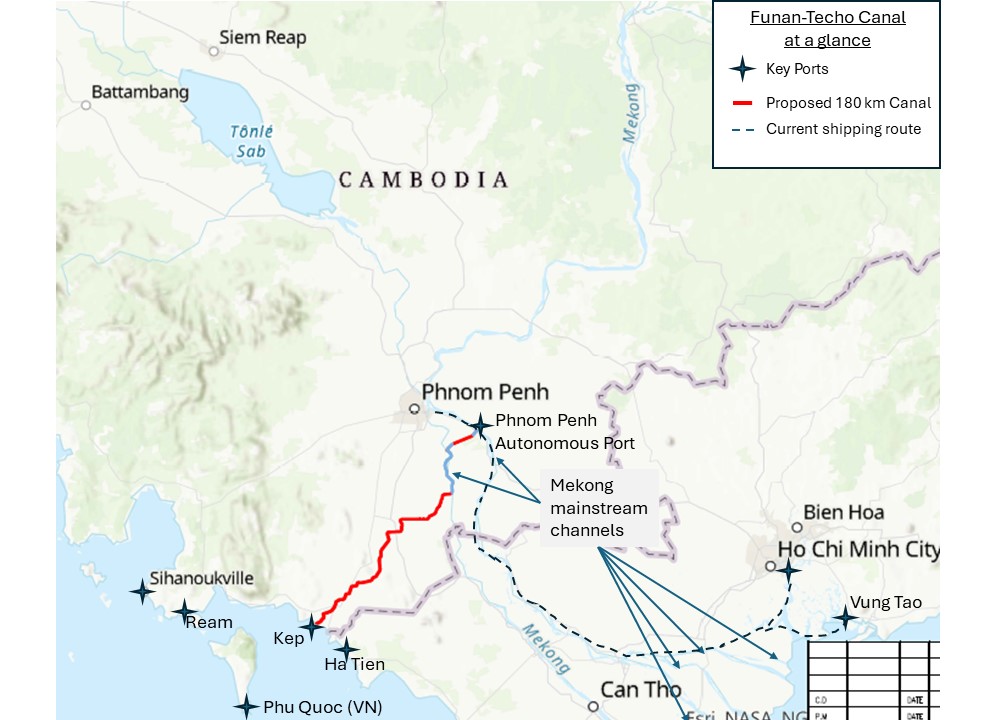
In fact the Kra canal project would allow China's navy a much more direct route to their only other overseas base on the route into the Suez Canal.
February 2024 - "Red Sea Rivalries"
The most amazing thing that has been pointed out over the last couple
months is that China's base on Djibouti's Gulf of Aden coast, at the
approaches to the Bab al-Mandab chokepoint into the Red Sea, gives them
the perfect location to monitor Houthi action and American reaction:
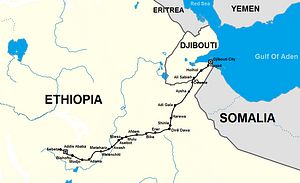
—China Officially Sets Up Its First Overseas Base in Djibouti, The Diplomat
From Phenomenal World, February 15....

